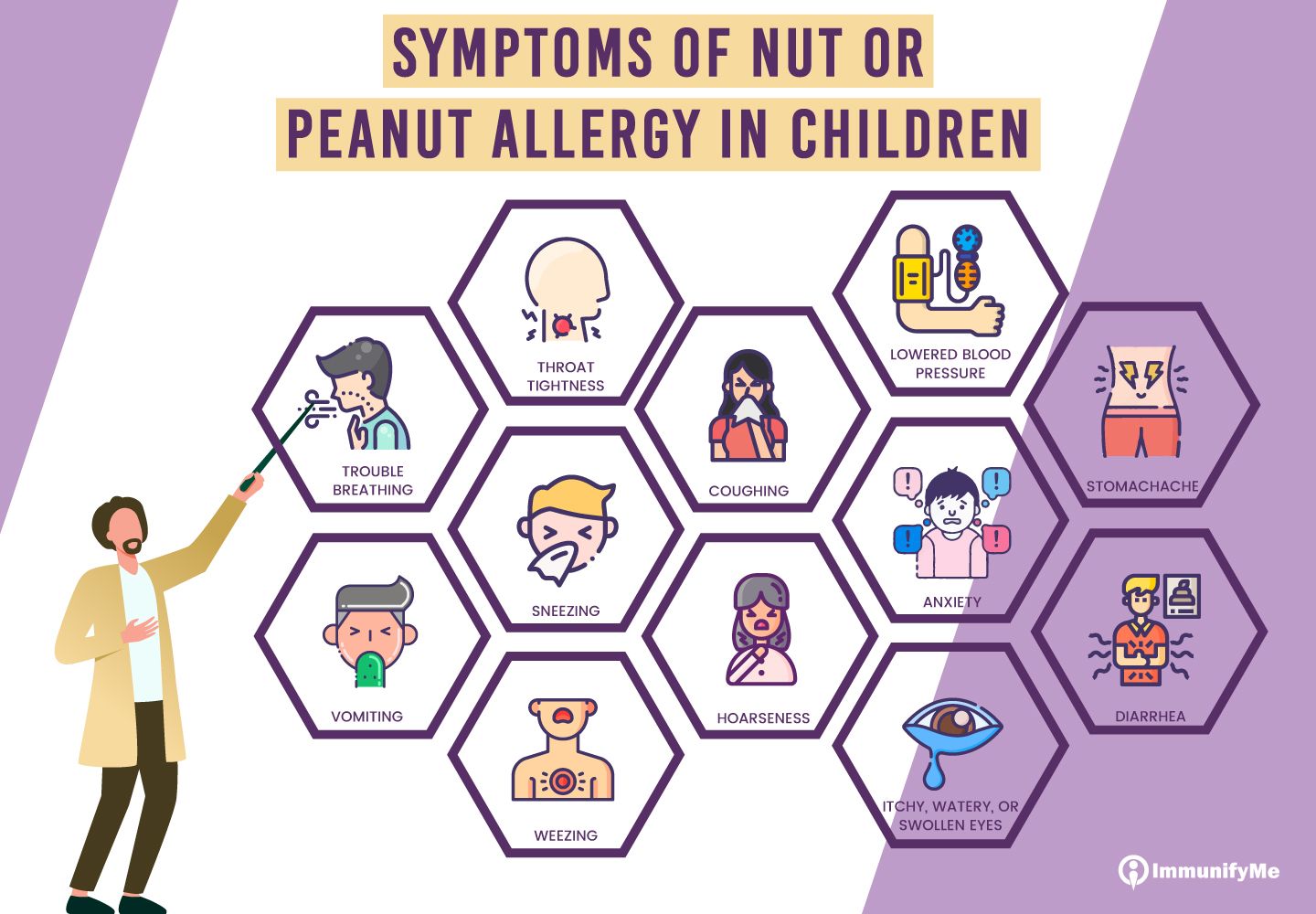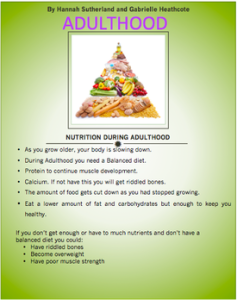
Nut allergies are becoming increasingly prevalent in children, causing concern among parents, caregivers, and educators. Creating safe environments for kids with nut allergies is crucial to prevent life-threatening reactions and ensure their well-being. This article will explore the importance of understanding nut allergies, identify common sources of nuts, and provide practical tips for creating safe spaces for kids with nut allergies.
Understanding Nut Allergies
Nut allergies are a type of food allergy that occurs when the immune system mistakenly identifies proteins in nuts as harmful substances. When a child with a nut allergy comes into contact with nuts or nut products, their immune system releases chemicals that can trigger symptoms ranging from mild to severe.
Some common symptoms of nut allergies include hives, itching, swelling, digestive problems, and in severe cases, anaphylaxis – a potentially life-threatening reaction that requires immediate medical attention.
Sources of Nuts
It is essential to be aware of the different sources of nuts to effectively create a safe environment for kids with nut allergies. Nuts can be found in various food products and may not always be obvious. Some common sources of nuts include:
Tree nuts such as almonds, Brazil nuts, cashews, hazelnuts, pecans, pistachios, and walnuts.
Ground nuts, including peanuts, which are technically legumes but can still cause allergic reactions in many individuals with nut allergies.
Nut extracts and oils derived from nuts, commonly used in cooking and baking.
Nut butters, such as peanut butter, almond butter, and hazelnut spread.
Bakery products, like cookies, cakes, and pastries, which often contain nuts or are processed in facilities that handle nuts.
Snack foods, such as granola bars, trail mix, and certain types of chocolates, which may contain nuts or have the risk of cross-contamination.
Creating a Safe Environment
To create a safe environment for kids with nut allergies, it is crucial to implement appropriate measures both at home and in other settings, such as schools, daycare centers, and extracurricular activities. Here are some practical tips:
1. Educate Yourself and Others
Learn about nut allergies, their symptoms, and emergency procedures. Educate family members, caregivers, and teachers about the specific nut allergies your child has and the potential risks involved. Ensure they understand the importance of avoiding all sources of nuts and cross-contamination.
2. Read Food Labels Carefully
Develop the habit of reading food labels before purchasing or consuming any product. Look for allergen warnings specifically mentioning nuts or “may contain traces of nuts.” Avoid products with unclear or incomplete ingredient lists.
3. Encourage Open Communication
Teach your child with a nut allergy to communicate their condition confidently. Encourage them to inform others about their allergy and to never hesitate to ask about ingredients in food. Foster an open dialogue to ensure their needs are understood and respected by others.
4. Maintain a Nut-Free Household
To minimize the risk of accidental exposure, consider making your home a nut-free zone. Avoid purchasing and storing nuts or nut-containing products. Be cautious when preparing meals, ensuring that utensils and surfaces are thoroughly cleaned to prevent cross-contamination.
5. Collaborate with Schools and Caregivers
If your child attends school or daycare, work closely with teachers, administrators, and caregivers to establish a nut-free policy. Ensure that the staff is aware of your child’s allergies and provide them with emergency medication, such as epinephrine auto-injectors, if required.
6. Teach Proper Hand Hygiene
Encourage your child and those around them to practice proper hand hygiene, including washing hands with soap and water before and after meals or snacks. This can help minimize the risk of cross-contamination.
7. Plan Safe Activities
When organizing social events or outings, consider the dietary restrictions of kids with nut allergies. Choose nut-free alternatives and inform other parents about the allergy to prevent well-intentioned yet potentially harmful food choices.
8. Be Emergency Ready
Always carry emergency medication, such as an epinephrine auto-injector, if prescribed by a healthcare professional. Ensure that family members, caregivers, and teachers are trained in administering the medication in case of an allergic reaction.
Conclusion
Creating safe environments is essential for kids with nut allergies to thrive without the fear of potentially life-threatening reactions. By understanding nut allergies, identifying common sources of nuts, and implementing practical measures, parents, caregivers, and educators can provide a secure environment that allows children with nut allergies to fully participate in daily activities without compromising their health and well-being.

